
The Woman At The End Of The World (A Mulher Do Fim Do Mundo) – Elza Soares
this blog is GROOVY – check out great Soul, Funk, Jazz, Hip Hop, Bass, Breaks , Reggae, House n many more TUNES
Brazil! Just say the name and you can almost hear the samba beats, feel the bossa nova sway, and taste that sweet caipirinha. Oh yes, Brasil is a land where music isn’t just an art form—it’s a way of life. So grab your berimbau, put on your dancing shoes, and let’s groove through the vibrant history of Brazilian music!
Long before electric guitars were plugged in or MP3s hit our playlists, Brazil was already grooving with its indigenous sounds. Native tribes drummed on handmade instruments crafted from natural materials while telling stories through their songs.
Then came the Portuguese in the 1500s—bringing along not just their desire for gold but also their musical influences! With them came folk tunes that would mix with local rhythms like a tropical smoothie.
But wait! There’s more! Enter stage left: African slaves brought over during colonial times had quite an impact too. Their rich traditions added spices to the Brazilian musical feast—think intricate rhythms and call-and-response singing that laid down funky foundations for what was yet to come.
Fast forward to the early 20th century when samba burst onto the scene like a carnival float filled with energy. Originating from Afro-Brazilian communities in Rio de Janeiro’s favelas (slums), this lively rhythmic genre quickly became synonymous with Carnaval—a festival celebrated with parades and non-stop partying.
Did you know that there’s a tradition in samba schools involving “bateria” (the percussion section) competing for fame? One year, during practice sessions months before Carnaval, members got so excited they ended up building an entire drum kit out of beach balls after running out of real drums! Talk about creativity!
Samba has roots deep enough to keep branches growing into various forms—the fastest being samba-enredo, which narrates themes during Carnaval parades through catchy songs and dazzling performances.
In the late ‘50s and early ‘60s comes another giant wave called bossa nova—a blend of samba rhythms infused with jazz harmony! Picture it now: cool cats like João Gilberto strumming softly under palm trees while flirting confidently at Ipanema Beach.
With hits like “Garota de Ipanema,” bossa nova created waves globally as artists like Stan Getz introduced it abroad. It wasn’t long until folks worldwide were sipping espresso listening to those smooth bossa vibes coming from Brazil.
Gilberto’s guitar technique became iconic—but rumor has it that one time he forgot his pick while performing live at an important gig… so he improvised by playing using only his thumb wrapped around some chewing gum paper instead!
In response to political repression in Brazil during the military dictatorship (1964-1985), musicians started blending traditional genres with rock ‘n’ roll outcomes—all part of a cultural movement known as Tropicália. Artists like Caetano Veloso and Gilberto Gil stole hearts AND challenged norms by mixing soundscapes full-on unexpected juxtapositions—and hey, they looked stylish doing it too!
Imagine musicians dressed flamboyantly singing about social issues but hooking audiences into dance parties simultaneously—how groovy is THAT?
Veloso once went against traditional performance etiquette by bringing along inflatable bananas on stage because why not? He aimed at making statements about consumerism… or maybe he was just really hungry?
As we slide into modern times—it gets even better! Brazilian funk emerged from Rio’s favelas bringing raw beats influenced by hip-hop culture alongside electronic elements. Names like Anitta are shaking things up globally now alongside remixes featuring heavy hitters across continents!
Now everyone wants their piece—from pop stars collaborating internationally triggering social media challenges (#Despacito who?!). Traditional sounds still play significant roles; musical genres fuse faster than ever giving rise every day—we might call this new-age sambafunkrock!
There exists something quite humorous among current artists—they often make headlines not only because they’re talented but also hilarious incidents happen frequently—in one case Anitta accidentally posted her high school-grade report badge online thinking she shared vacation pics instead… oopsie daisy moment blasted across tabloids instantly adding character points though 😉
So there we have it—a whirlwind tour through Brasilian musical history punctuated by laughter amidst passion-driven grooves everywhere you turn! Whether you’re shaking your hips at Les Fêtes de Saint-Germain-des-Prés or jamming hardcore at Copacabana beachfront shacks remember each beat reflects colors painted throughout centuries stirring souls together across diverse generations forming MAGIC anywhere alive today making us all family one jam session after another 🎶✌️

The Woman At The End Of The World (A Mulher Do Fim Do Mundo) – Elza Soares
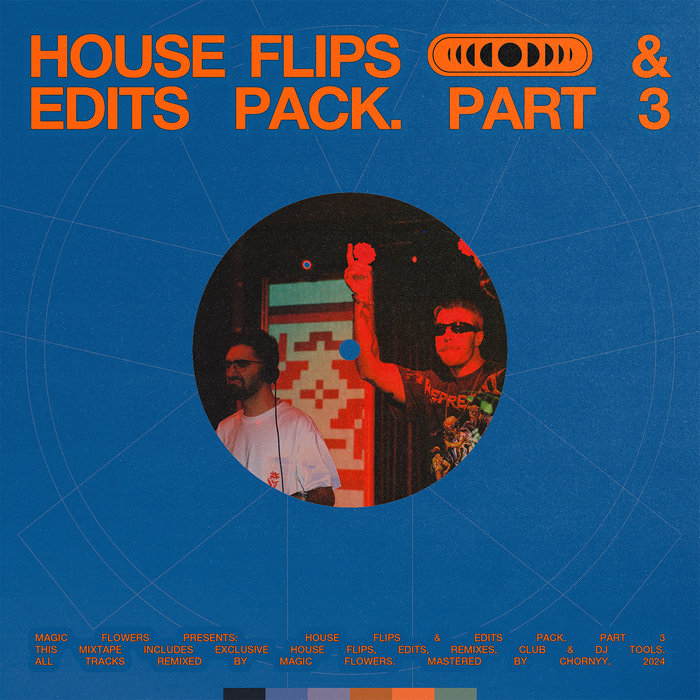
LOTUS 72D – Magic Flowers

Shy FX & Lily Allen – Roll The Dice (Bootleg) – Kabrito Recordings

Ten Fe Pois Amanha Um Lindo – Various

Nada De Sol (JKriv Rework) – JKriv

Silver Flame – Resense
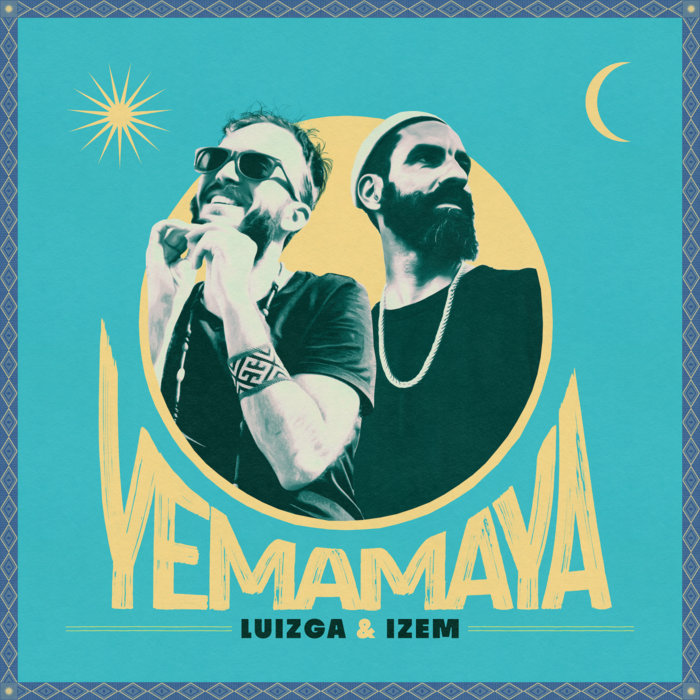
Yemamaya – LUIZGA & iZem
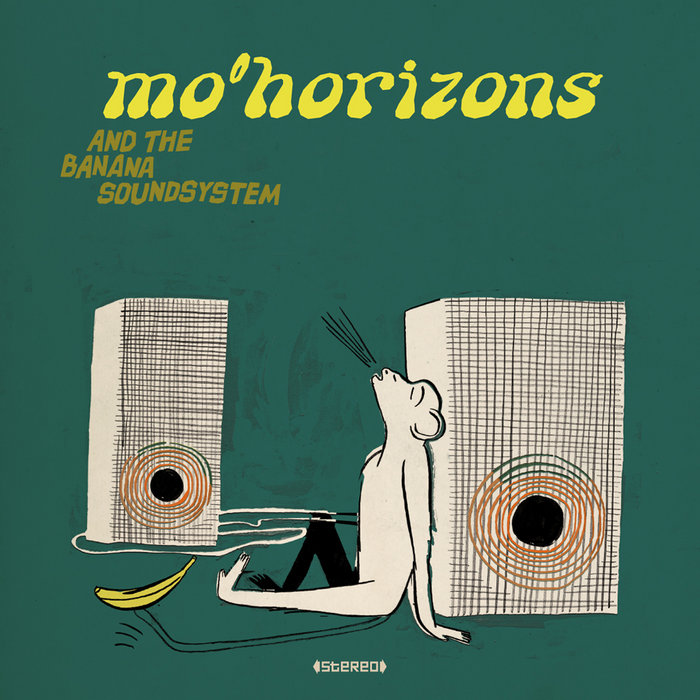
Koito Pie Biera feat. Varna Boogaloo Crew – Mo’ Horizons
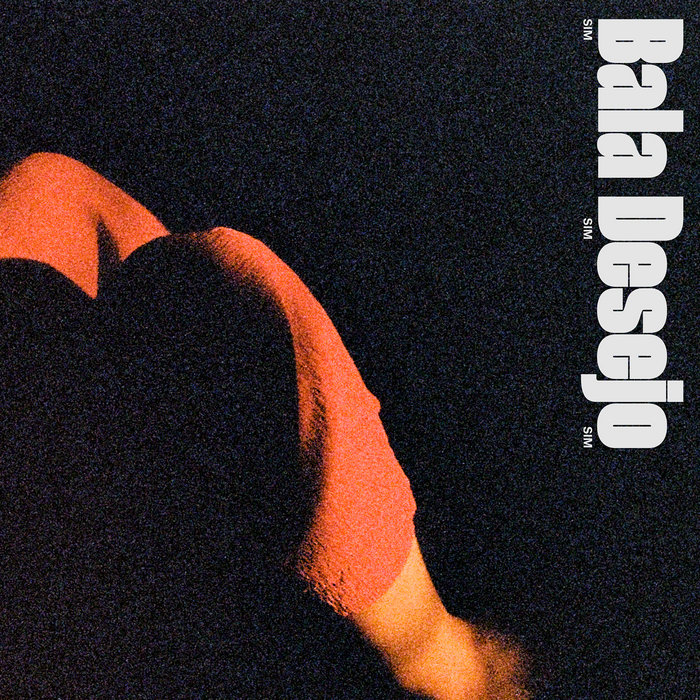
Baile de Máscaras (Recarnaval) – Bala Desejo
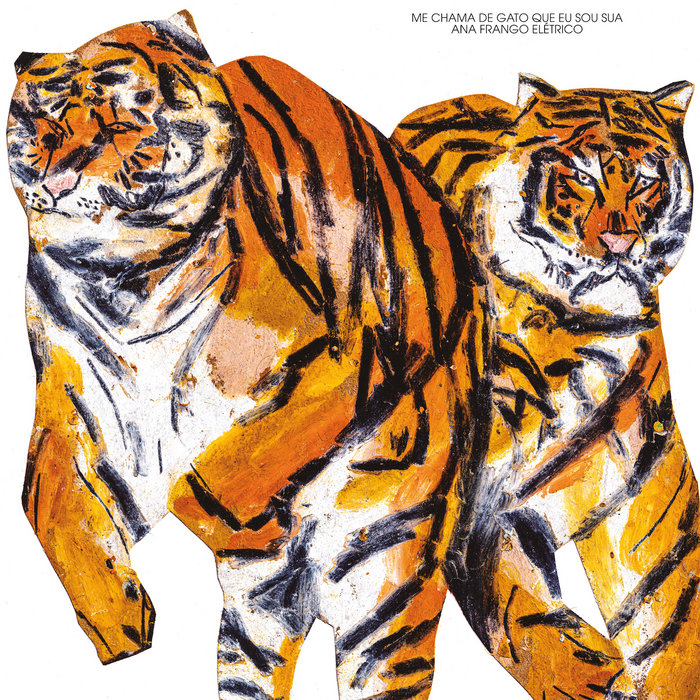
Me Chama De Gato Que Eu Sou Sua – Ana Frango Elétrico